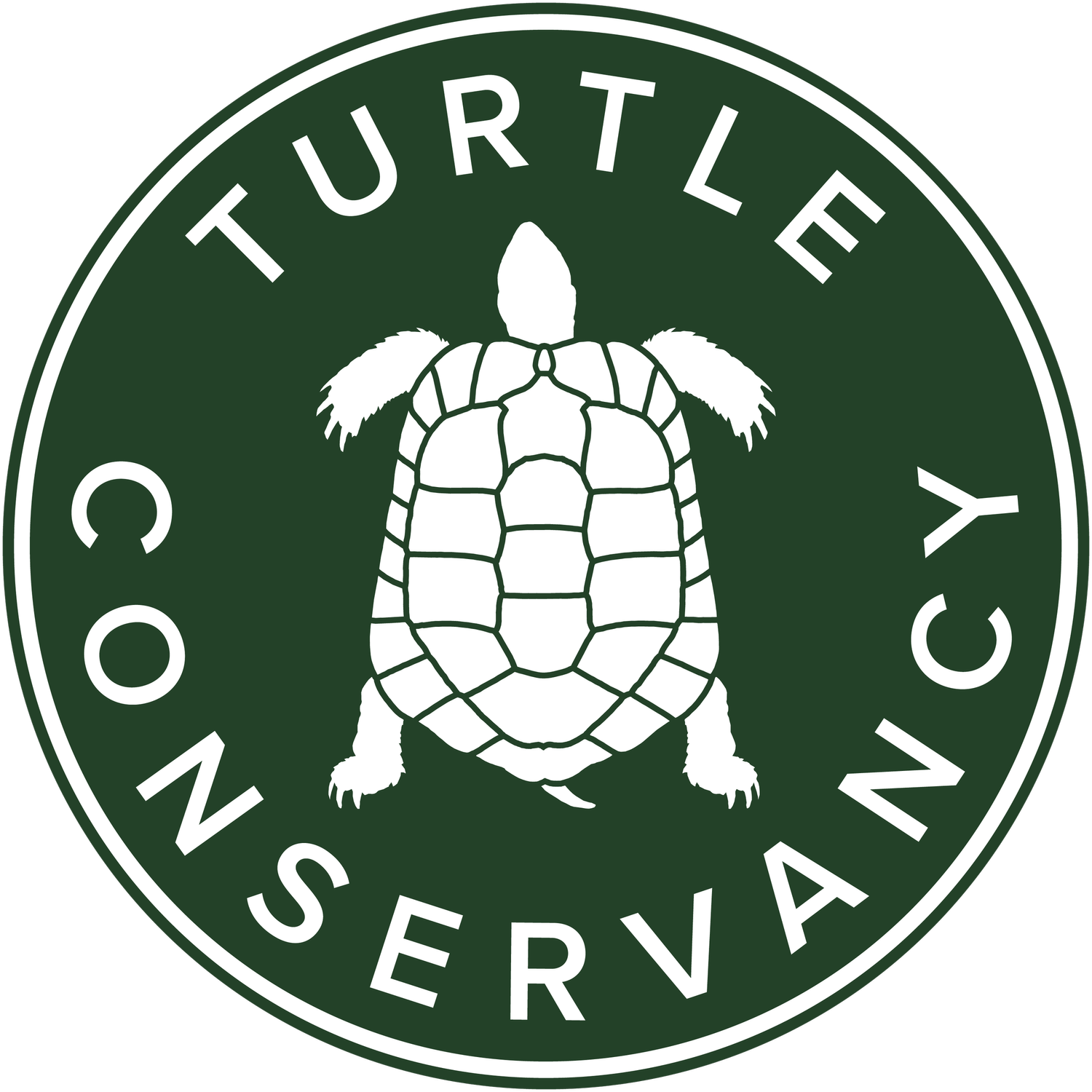Updates from the Geometric Tortoise Preserve: the Adventures of Jenny, the Decoy Tortoise...
Well it has been a emotional roller-coaster ride, but after days of well documented physical and psychological abuse our little Jenny (the decoy tortoise) turned a corner finally making new friends: first a couple local Geometric Tortoises came by to frolic with her, and, later Jenny got a big sloppy kiss from a now friendly Duiker antelope.
The problem for Jenny, as revealed by our field cameras paired to the decoys, is not the friends that have appeared to inspect her but the enemies! Hatchling Geometric Tortoises are only about 1 inch in length and have a soft shell. Every resident predator from rats and mice on up to foxes, mongooses and crows are happy to make a meal of them. Even at 2-3 years of age (if they somehow survive that long) juvenile Geometric shells are only 2-3 inches in length and remain easy pray for larger predators. Because our reserve is one of the last small “islands” (800 acres) of natural tortoise habitat surrounded by highways, vineyards, and industrial activity, the tortoises are confined but the predators can come and go (especially crows). To be sure these are natural predators that have always been around, but are now present in much higher numbers because of associated human activities that “subsidize” them (more surface water and food), but not the tortoises.
Our goal is not to remove the predators but to train them not to attack young tortoises. The plan is to “arm” our little Jenny decoys with bitter taste, mild electric shock, or loud noise as a form of aversion therapy. Even this may not be enough, and as has happened for other threatened tortoises, we may ultimately resort to raising hatchlings within predator-proof natural enclosures, “head-starting” them for several years to a larger size before release back into the reserve.
A fox checks out Jenny the decoy tortoise
A raven having a taste of Jenny the decoy tortoise



